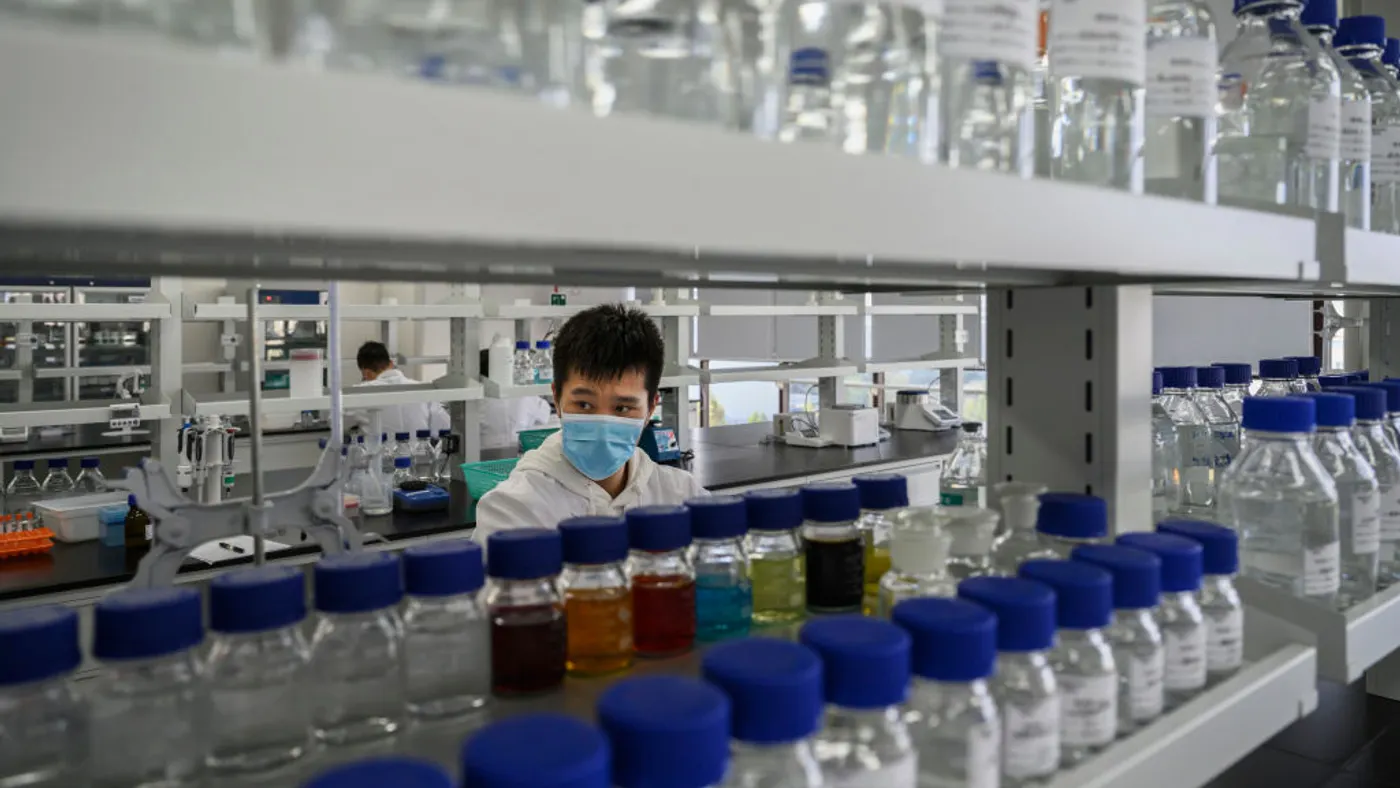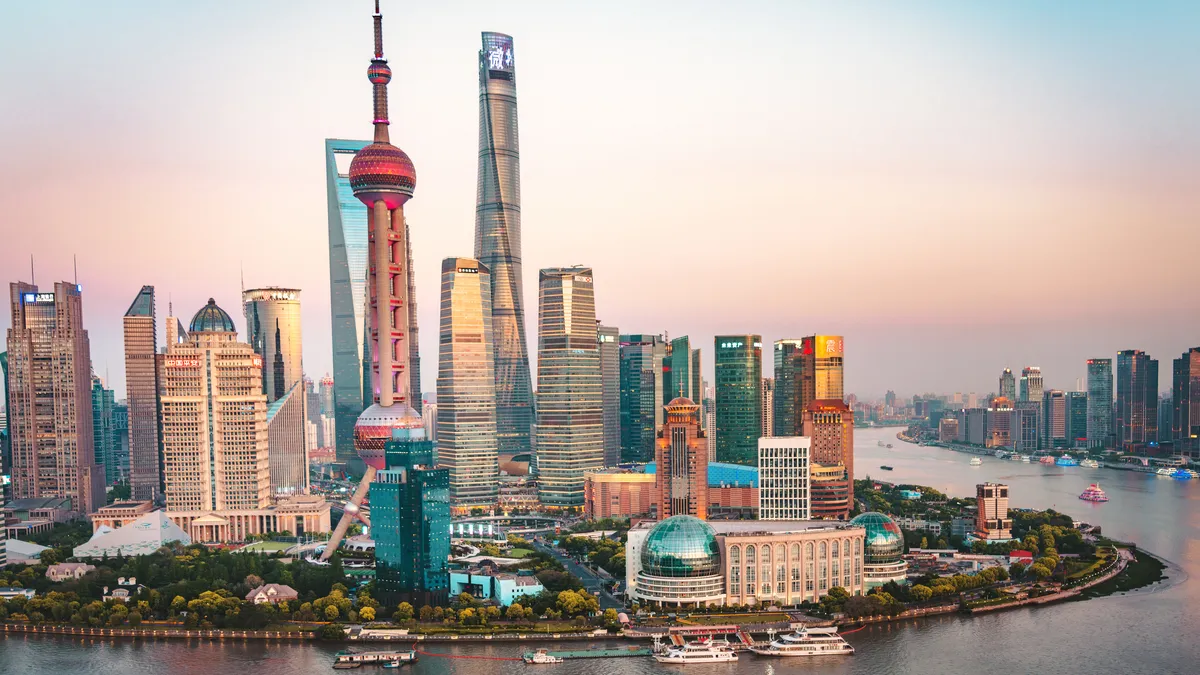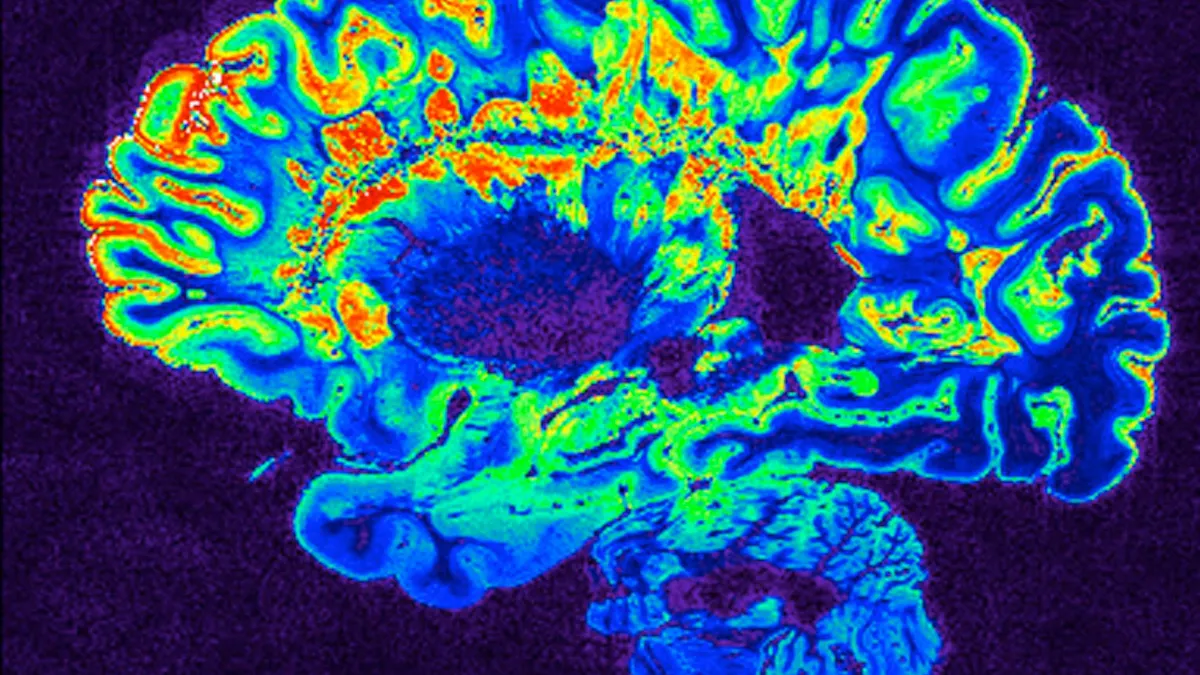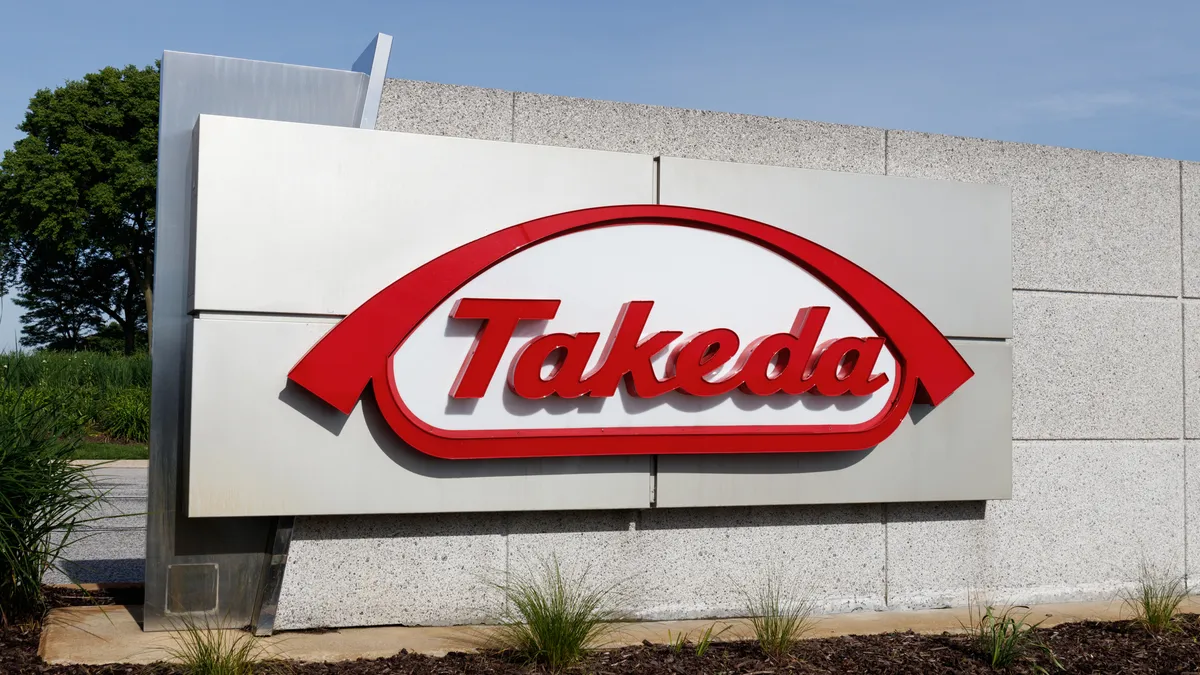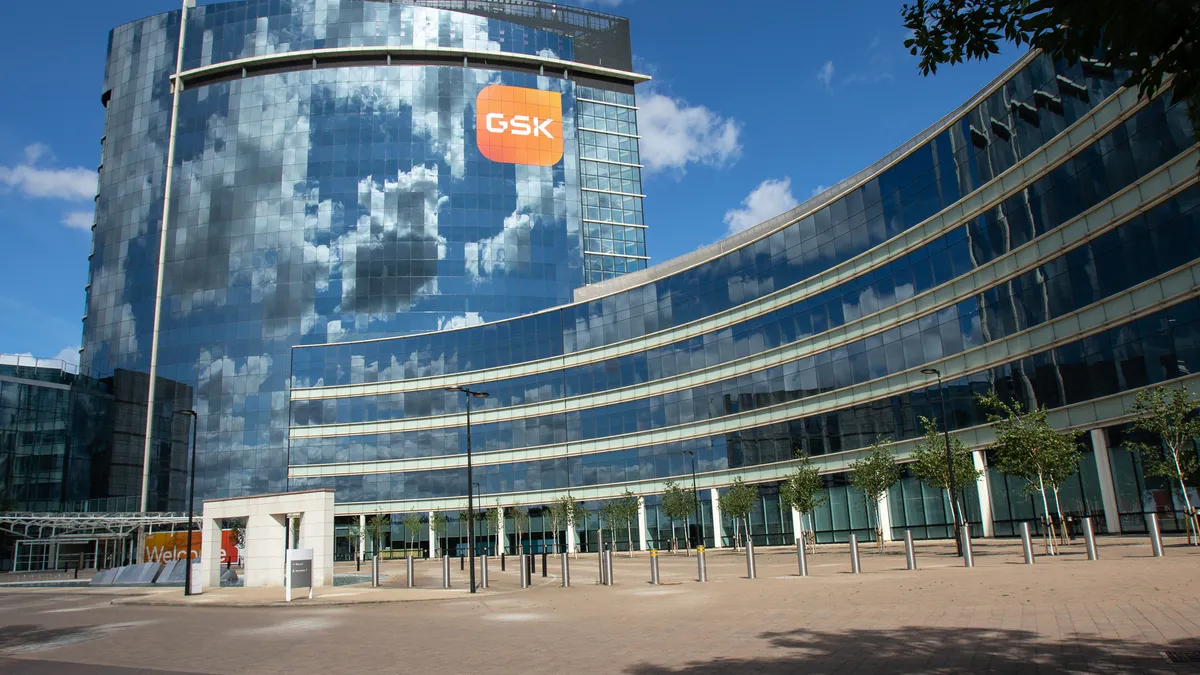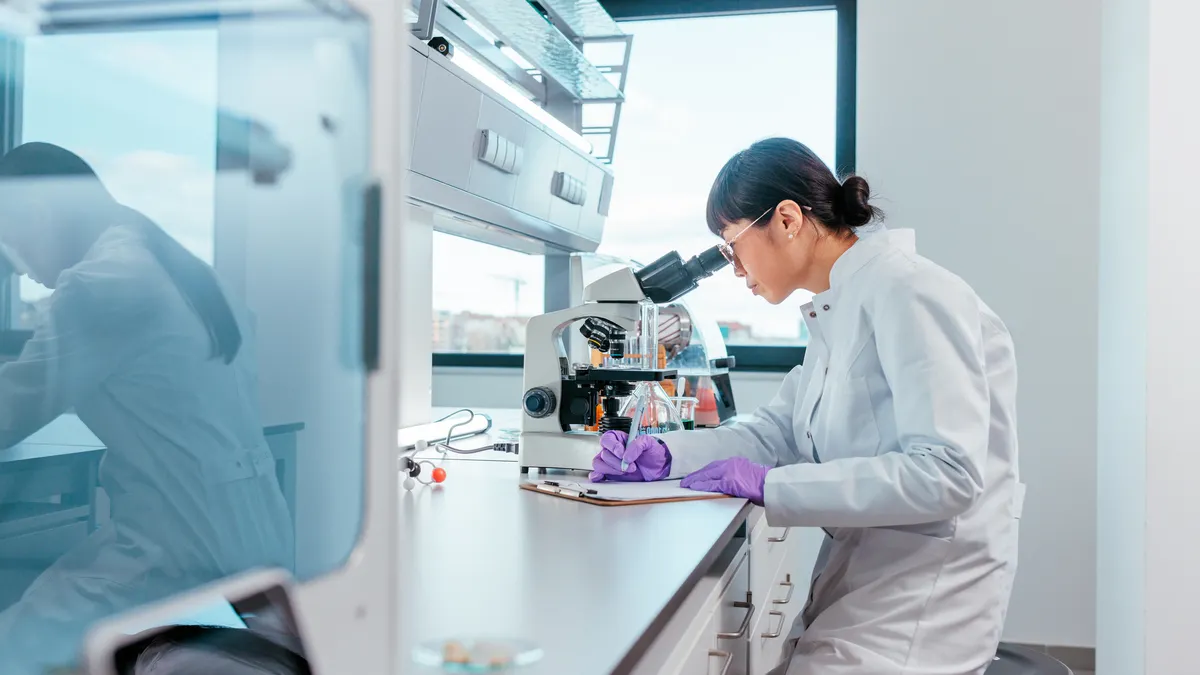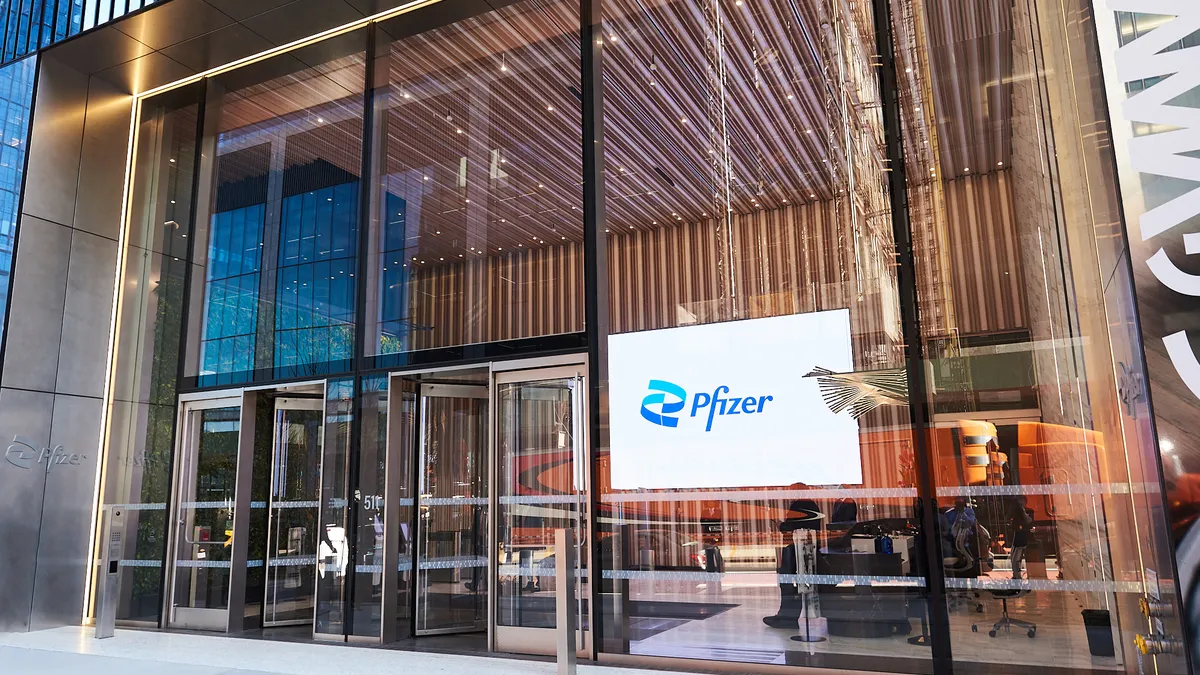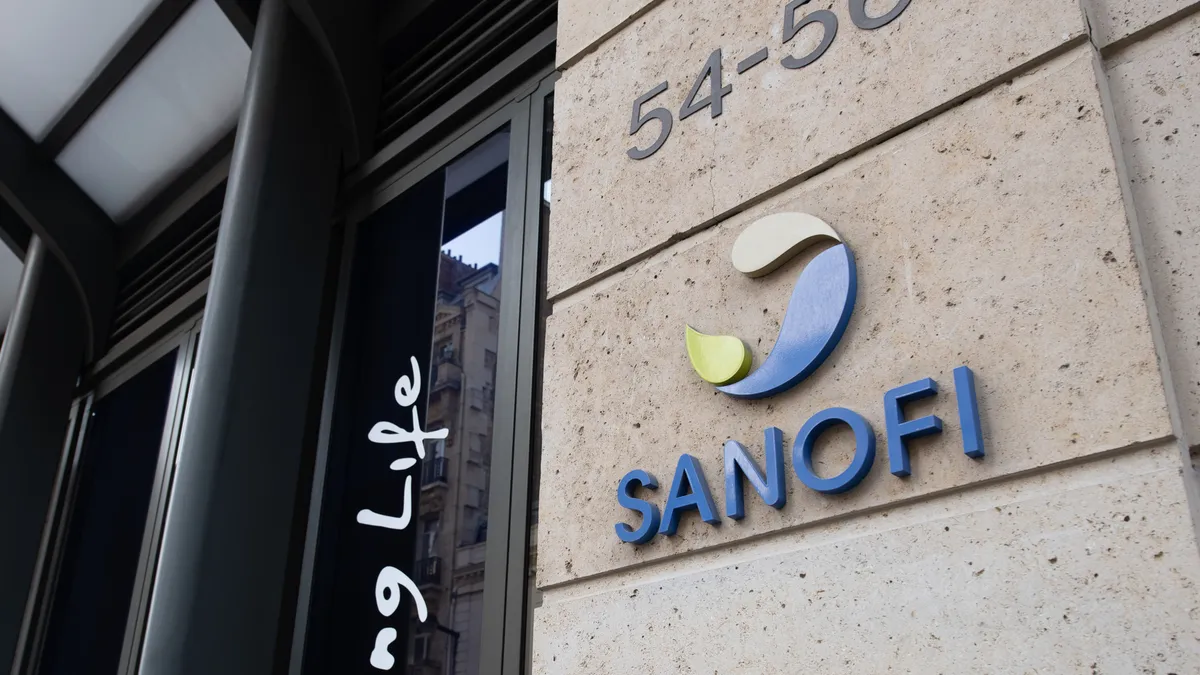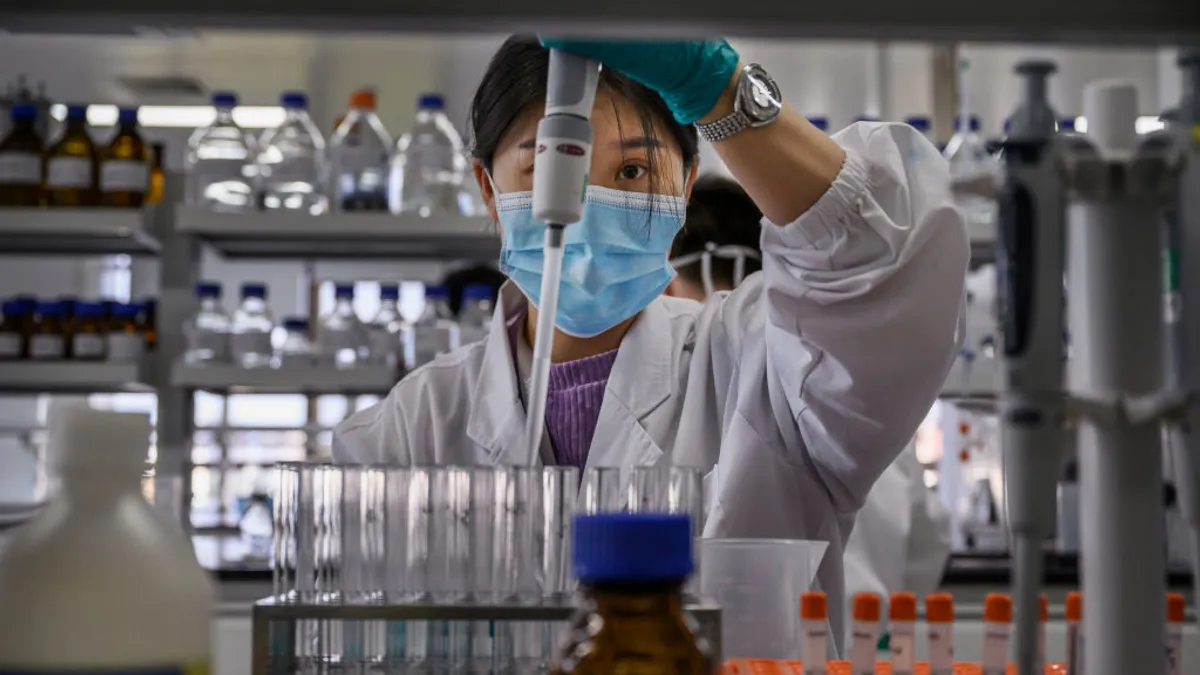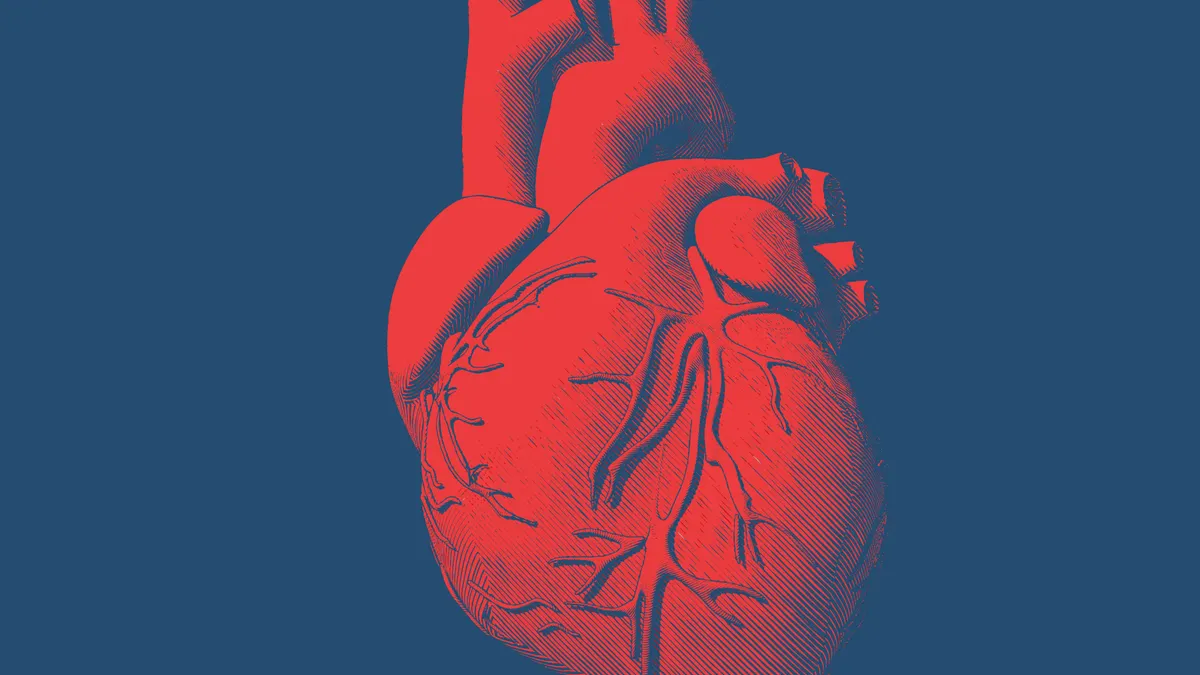The makeup of the world’s pharmaceutical pipeline is changing. China’s fast-growing biotechnology industry is a big reason why.
Over the past decade, China’s government has sought to upgrade the country’s drugmaking capabilities. Its efforts birthed a burgeoning ecosystem of homegrown companies and science parks that mirror — and even rival — U.S. hubs in Boston and San Francisco. Lower costs and regulatory flexibility have helped China’s biotech startups move faster than their U.S. counterparts, producing a sprawling inventory of drug prospects. While many are designed to be superior versions of medicines either on the market or in development elsewhere, more and more are innovative, challenging the U.S.’s long-held biotech advantage.
Large pharma companies and venture capital investors have taken note. Many are licensing experimental drugs from China, either to add to their drug portfolios or build new biotechs around. The shift has been rapid, with dealmaking spiking in recent years. According to analysts, licensing agreements were on a record pace in 2025. Fully one-third of the industry’s licensing spending in 2025 involved drugs sourced from China, per the investment bank Jefferies.
These deals reveal important insights about the types of medicines drugmakers and investors want in their portfolios. With this database, we’re tracking deals from 2025 onward in which China-based drugmakers licensed to U.S. and European companies rights to human therapeutics. We show the companies involved, the financial terms of their alliances and details about the medicines and drug targets.
If we’ve missed a deal, or there’s any additional information you’d like to see, please reach out and let us know.
Bispecific and trispecific drugs are a frequent target
Cancer, immune disease drugs are drawing the most interest
Deals typically involve early-stage drug candidates
Licensing deals involving China-developed drugs
Methodology
For this database, BioPharma Dive compiled deals announced in 2025 and 2026 through which China-based drugmakers licensed out innovative human medicines to biotech or pharmaceutical companies in the U.S. or Europe.
We screened for these deals in company press releases, analyst reports and on social media sites like LinkedIn. We eliminated those that didn’t meet our criteria, including alliances that don’t mention any specific drug candidates or partnerships between two China-based companies. We also excluded deals involving generic drugs or biosimilars.
We generally used a deal’s most advanced program to determine the therapeutic area of focus, treatment type and stage of development at the time of a deal’s announcement. We categorized phase of development by the latest stage underway at the time of a deal.
Therapeutic areas cover a large number of diseases and, in some cases, overlap. In most cases, when companies identified more than one therapeutic area with equal priority, we classified them as working on “multiple” therapeutic areas. Companies that identified multiple areas, but prioritized one over others were classified under that priority area.
Ned Pagliarulo contributed reporting.


